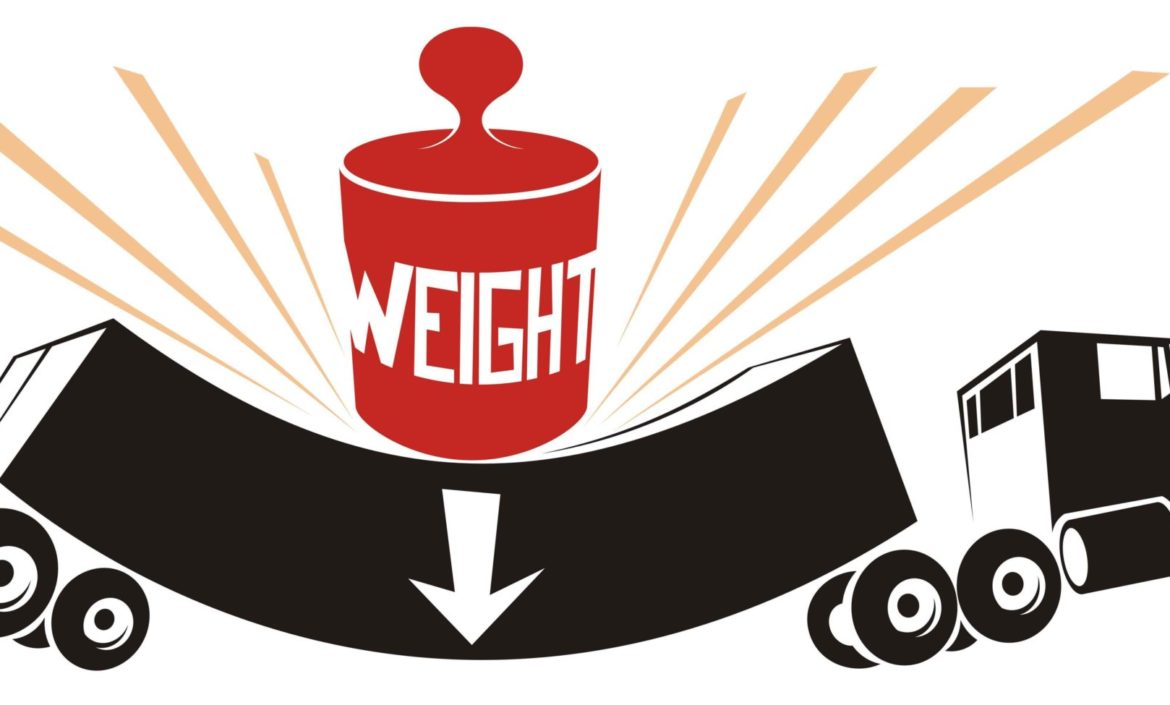In a recent PrePass blog about truck size and weight, we asked a basic question. Why, in this world of innovation, do we even have truck size and weight limits?
Our answer was:
- First, they help highway and bridge designers know what equipment will be traveling on the highways. That can affect everything from pavement and bridge design to the curvature of roads.
- Truck size and weight limits provide vehicle and component manufacturers, and equipment regulators with target goals for their efforts.
- History tells us that competing freight modes – railroads and maritime – have an interest in restraining trucking productivity.
- At the same time, uniformity in truck size and weight limits allows the better planning of freight movement, as well as ensuring some competitive fairness between motor carriers themselves.
Notice, though, that the rationale for truck size and weight limits does not designate what those size and weight limits should be. That’s because we do live in a world of innovation. Different parts of the country and different industries see the need for regional or industry-specific truck size and weight limits.
Highway and bridge designers can accommodate those differences in their planning or designate which existing infrastructure – which highway routes – are appropriate. Vehicle and component manufacturers can build to higher standards and, of course, price accordingly. Government regulators can set rules and conditions (often found in “special permits”) for the operation of truck combinations under these differing size and weight limits.
Within the trucking industry, motor carriers that specialize in oversize/overweight transportation (often called “heavy haulers”), and those which utilize multiple trailer combinations (longer combination vehicles, LCVs) when allowed, have learned the legal limitations and safety considerations of their niche.
But recently, California has considered overweight permits for 88,000-pound containers coming out of its ports. Also, the Louisiana legislature passed a bill to create a special permit for hauling 20-foot shipping containers with a gross combination weight up to 140,000 pounds. For the first time, motor carriers may be contemplating operations at higher truck size and weight limits.
Here is what those motor carriers need to know to stay legal and, more importantly, safe:
- Higher truck size and weight limits are the exceptions, not the rule. Law enforcement takes violating the terms of what is already an exception very seriously.
- The “special permit” rules and regulations on operations at higher size and weight limits may impose length, axle weight, and bridge formula restrictions. These additional rules and regulations can effectively require special equipment.
- Almost all special permits impose route restrictions. A special permit for designated state highways may not address the further limits or routing restrictions on county roads and city streets needed to reach the destination.
- Special permits require qualification, including a review of the carrier’s safety record, special permit fees, and additional insurance. In many cases, the permit (and fee) is specific to each power unit (tractor) used.
- Some special permits require signage (“overlength load”) on the truck combination and accompanying pilot cars.
- Federal law limits where LCVs can operate and requires a special Commercial Driver’s License (CDL) endorsement for their operators.
- Abusing a special permit will count against a carrier safety record, and there will be an ensuing inspection of the driver, equipment, and possibly the entire carrier program.
Truck size and weight limits do place a cap on trucking productivity, at least in terms of how much freight a carrier can haul at any one time. On the other hand, having standards for regular truck operations, or rules and regulations governing oversize/overweight and special permit programs does provide a solid platform for truck safety. Motor carriers can know what equipment and components are necessary for their operations, what maintenance those components will require, what endorsements and training their drivers may need, and what routes and conditions are appropriate for the truck combinations they utilize. Government regulators and law enforcement can know these things, too. Having everyone on the same page, whatever the actual limits, promotes safer highway transportation.
This blog is published as a public service of PrePass®, the most reliable and technologically advanced weigh station bypass and electronic trucking toll payment platform in North America. PrePass also includes INFORM™ Safety and Tolling software for improving truck safety scores and lowering toll costs. Visit the PrePass website and learn more.
